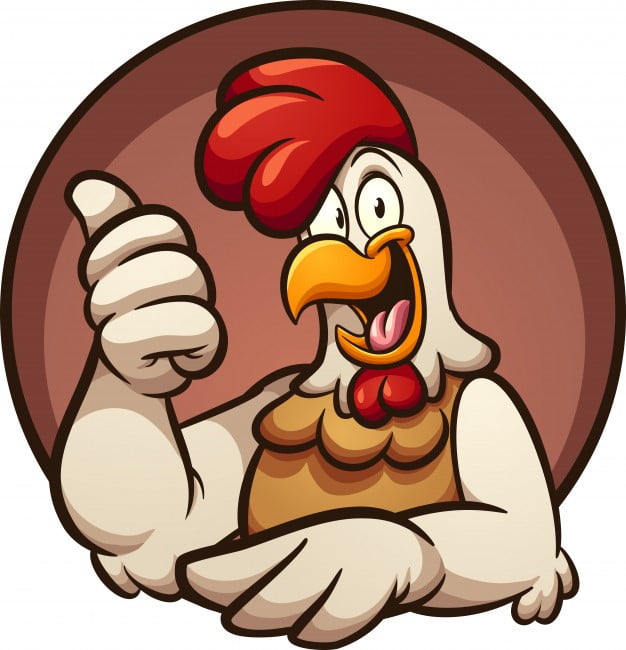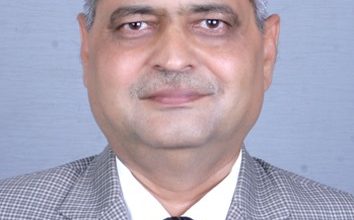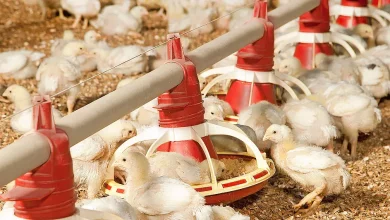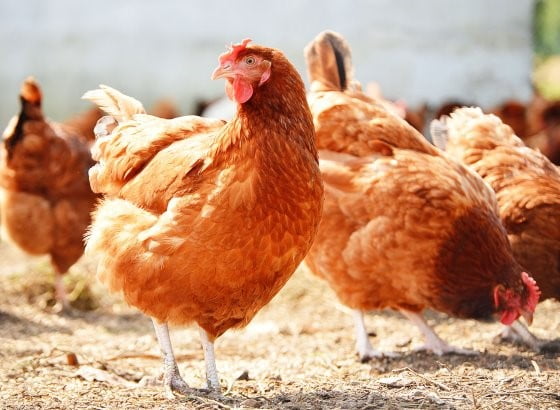CARE AND MANAGEMENT OF POULTRY AMIDST WINTER SEASON

Dr. Gunjan Sharma – MVSc. Scholar in Animal Nutrition, Dr.G.C.Negi College of Veterinary and Animal Sciences, CSKHPKV, Palampur, H.P.
India is land to an extraordinary variety of climatic regions, ranging from tropics in the south to temperate and alpine in the Himalayan north. The population living in India encounters many climates. Winter season is one of those climates that not only adversely affect human well-being but our animals and poultry population also. Winter season has a treacherous effect on poultry as it decreases the temperature of encompassing. During winter when the temperature goes down beyond 55°F, poultry has to confront several issues like decrease in egg production, reduction in water consumption, diminution in fruitfulness and hatchability, poor FCR in the broiler, decreased weight gain, reduction in fertility, increase in bird mortality and so forth. In winter, there is a drop in mercury level and alteration in weather from warm to cold, poultry ranchers may have to combat some challenges of low environmental temperature, poor ventilation, and decreased photoperiod. These climatic variations may directly or indirectly affect egg and meat production. Hence, poultry agriculturists must be prepared to accept these challenges by espousing some cold stress-relieving measures to overcome economic losses. It has been perceived that the infrastructure of poultry sheds especially in rural India is substandard due to a lack of basic amenities like electricity. Hence, the management of poultry during winter is an essential practice for poultry rancher. Following measures can be practiced by poultry agriculturists for enhancing the poultry production in winters as well:
* Orientation of poultry house
* Ventilation management
* Poultry litter management
* Poultry feeding management
* Poultry water management
* Supplementary management

The orientation of poultry house:- poultry houses should be designed in such a manner that there will be a maximum prevalence of sunlight in poultry sheds during day time. Poultry should be protected from cool winds by hanging gunny bags at the places from where the chilled air enters. For this purpose, polythene sheets can also be used. These gunny bags should be hanged down as soon as sunlight goes in the evening till the arrival of sunlight the next morning.

Ventilation:- usually birds release a lot of moisture in their breath and droppings that skeptically influence their health, if there is restricted ventilation it becomes the reason for building up of ammonia in the air which imposes respiratory threats. So, poultry requires enough fresh air circulating the shed. Sliding windows are used to fulfill this purpose that can be opened during the day and closed during night time. The provision of exhaust fans in poultry sheds can also be helpful in the removal of impure air. To make the poultry shed warm installation of traditional BUKHARIS or heaters is benignant. In small scale poultry farming, the use of 200W bulbs in numbers can also produce heat.

Litter management:- Before chicks being settled in the shed, the floor surface needs to be stabled with a bedding material known as litter. It provides ease and comfort to the birds. A generous quality of bedding material provides insulation in maintaining uniform temperature, besides addition also absorbs unwanted moisture, damping, and encourages drying. It enfeebles fecal material and diminishes the chances of contact between feathered animals and fertilizer. It also encases the birds from the chilled ground and works as a cushion between poultry and floor. Around 6 inches of bedding material or litter is ideally useful in the winter season. This litter provides enough warmth to the bird in the cold season. Normally the moisture content in the litter should be within the range of 25-35%. But this litter to be managed properly otherwise it becomes wet easily with water coming from various sources. Due to this, there is a formation of cakes in the litter that serves as an excellent medium for bacterial growth and ammonia production. If litter becomes too much wet and cake formation is already there then it’s quite better to replace it. Do not empty the shed in the winter season as built-up litter saves heat in the shed. If removal of litter is mandatory then a part of litter is to be removed.
Feeding management:- poultry utilizes nutrients of food for two main objectives i.e., as an energy emanation to support normal body temperature and to sustain normal physiological activities of the body and as a building material for the development of bones, feathers, flesh, egg, etc. hence, to fulfill such needs an adequate, well-balanced and healthy ration should be offered to the poultry. Low environmental temperature causes more feed consumption and higher oxygen demand. Therefore, it is quite obvious to give birds an ample amount of food as they need extra energy for maintaining body temperature in the winter season. Intake of calories of ME/bird/day changes as the environmental temperature varies. When poultry eats more feed, along with energy, other nutrients are also consumed in excess that is not required and they become a waste. To avoid such wastage during winter energy-rich feed sources like oil/fat should be given along with the diet. In the winter season number of feeders should be increased as compared to summer. The provision of feed should be the whole of the day to the bird. In summer diet containing 23% protein and 3100kcal/kg ME is required while in winter 3400 kcal/kg ME and 23% protein is needed. Poultry feed should contain high caloric value as compared to feed given in the summer season, this type of feed keeps the bird warm. The feed should be stored in dry places to avoid contact with moisture.
Water management:- In the winter season poultry need less water so for maintenance of water in the body, it is needed to provide a continuous supply of fresh water that can be used by the bird. Water must be fresh and clean. If water is very cold then it should be given to the bird after adding hot water to it, so that the cold water attains the normal temperature.
Areas facing snow falling confront a problem of blockage of the pipe due to freezing of water during the winter season because the temperature goes below 0°C. Hence, to overcome such issues routine inspection of pipelines should be done to avoid blockage of water.
Many of the vaccines, medicines, anti-stress vitamins are to be given to the bird with water. As water intake of poultry decreased during the winter season. Therefore, care should be taken that waterers are removed few hours before water medication, and medicine/vaccine is given in less amount of water so that birds can consume total water and each bird gets the benefit of medicine/vaccine or other supplements.
Supplementary management:- Poultry environment is favorable for pest and rodent as they seek warmer places for dwelling. Hence, their control is to be ensured.
Poultry farmers must take care of winter illnesses. If it is left unattended then it may become a serious threat to the flock.
Standard protocols for treatment of illness of birds to be followed by including quarantining the birds and using various broad-spectrum antibiotics, like Terramycin, Enrofloxacin, etc along with feed or water, depending upon availability.
Birds should be vaccinated properly and the status of vaccination to be properly checked by poultry farmers.
When birds are found sick, poultry ranchers should immediately reach to the local veterinarian.



